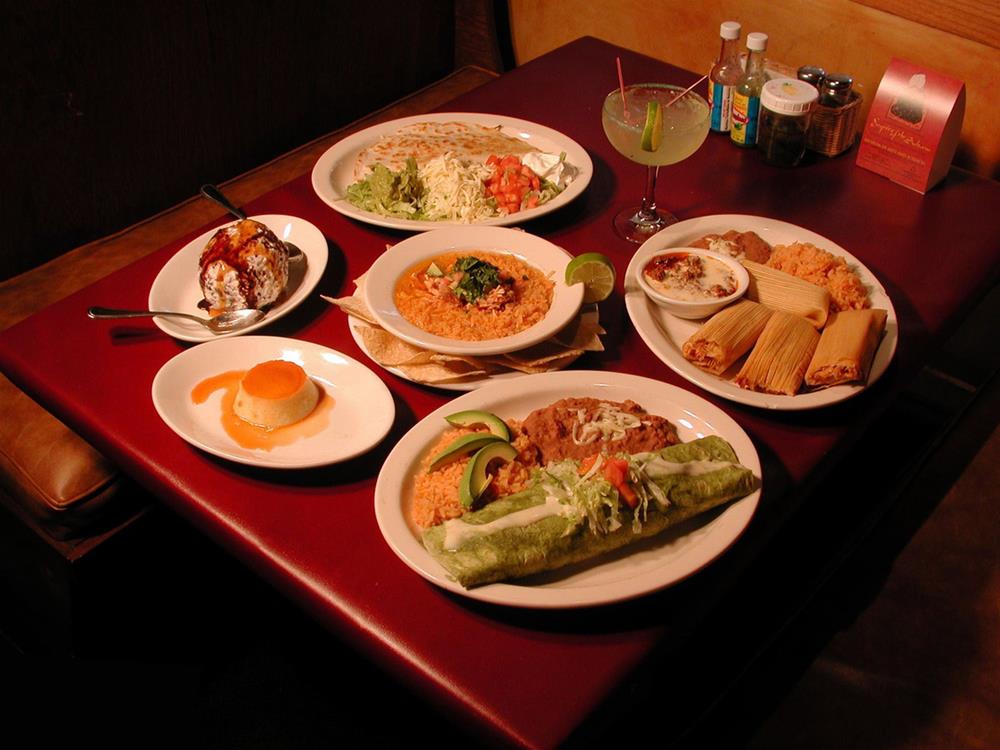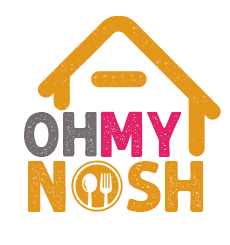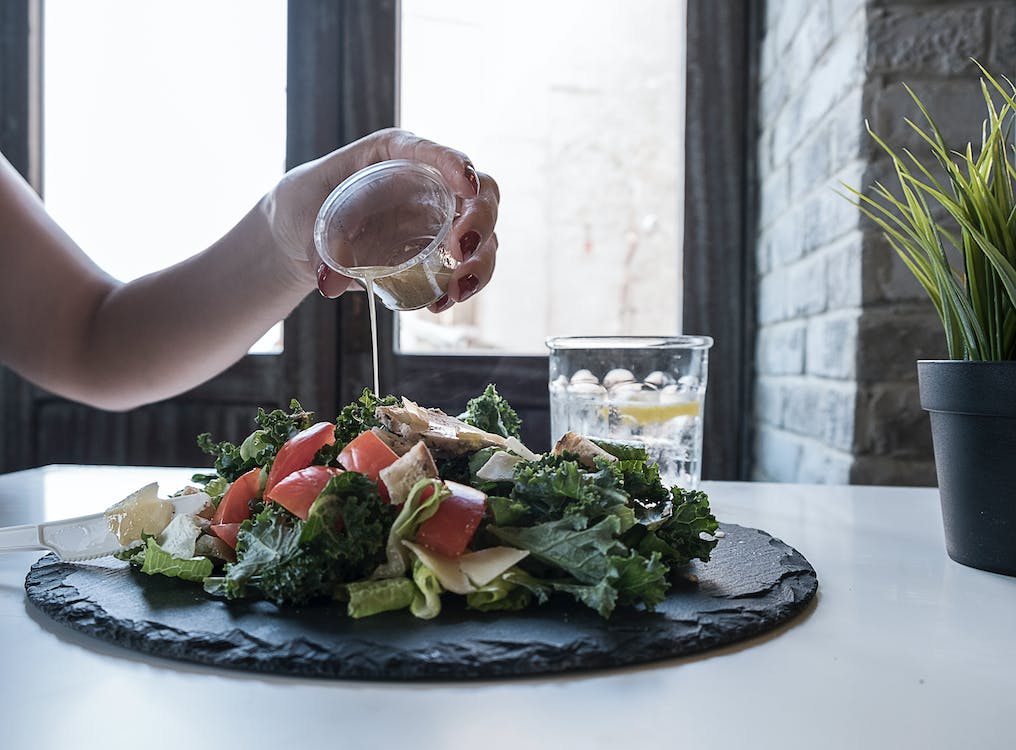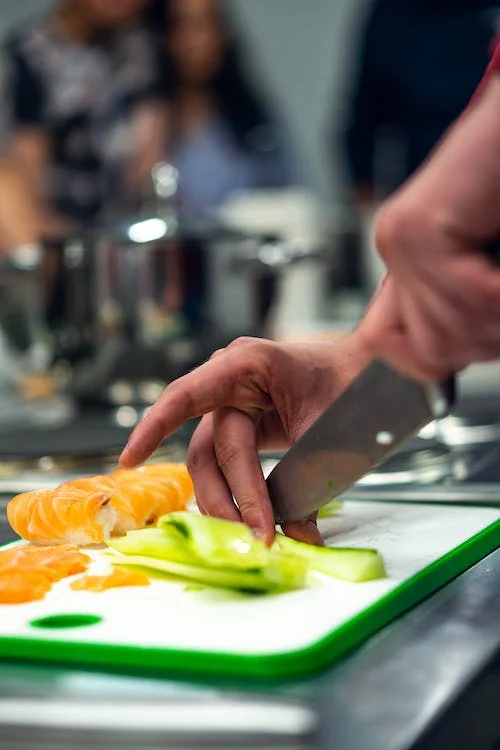San Antonio Dishes with a Story Behind Every Bite

San Antonio's dishes serve up history with every bite. You'll taste the legacy of the Chili Queens, who popularized chili con carne and plaza cooking from the late 1800s through the 1930s. Family recipes passed down for generations showcase Spanish techniques blended with Indigenous ingredients.
From smoky barbecue to spicy chili con carne, each flavor tells a story of cultural exchange. Modern chefs continue this tradition, honoring heritage while creating innovative interpretations of San Antonio's culinary treasures.
The Legendary Chili Queens of San Antonio's Plazas
https://www.youtube.com/watch?v=vM6nkG4vP0Q
Pioneers of plaza cuisine, the Chili Queens ruled San Antonio's bustling squares in the late 19th and early 20th centuries, creating a cultural phenomenon that would forever shape the city's food identity. Rising before dawn to prep masa and simmer pots, these predominantly Mexican American women warmed tortillas and cooked robust chili con carne in large kettles over open flames.
When you visit Market Square today, you're walking the same grounds where these entrepreneurial women fed laborers and travelers while fostering cultural exchange. Nearby, the Laredito neighborhood was home to many who worked the plazas nightly. Though stricter rules displaced vendors from Military Plaza after 1889, they adapted, continuing their craft at Haymarket Plaza and Milam Park until tighter sanitation regulations finally ended the practice by the late 1930s.
Modern cultural centers and tourism efforts focus on preserving this legacy, ensuring these women's contributions to America's food culture remain celebrated in every spicy bite.
From Street Food to Cultural Icon: The Evolution of Tex-Mex
The rich tapestry of Tex-Mex cuisine has roots in the borderlands, where Spanish colonial foods blended with Native ingredients and local ranching traditions. In San Antonio's mission era, corn and chiles met European wheat, pork, and dairy, setting the stage for a distinct regional style.
As you explore San Antonio's culinary landscape, you'll taste the influence of cattle culture in every beef-forward dish. Over time, cultural exchange transformed humble, home-style recipes into recognizable Tex-Mex staples. Rather than one birthplace, the tradition evolved across San Antonio and the Rio Grande Valley, where Tejano cooks adapted family dishes to local preferences.
The 19th and early 20th centuries brought Anglo settlers who favored flour tortillas and hearty portions, while Mexican cooks adjusted techniques and seasonings. The Chili Queens elevated street food to regional fame, helping Tex-Mex move from ethnic fare to American cultural icon. Today's generous plates and bold flavors continue that story of adaptation and innovation.
Family Recipes That Shaped a Culinary Identity
View this post on Instagram
Across San Antonio's evolving landscape, innovative chefs reimagine the city's food traditions while staying rooted in diverse cultural foundations. At Mixtli, chefs Diego Galicia and Rico Torres explore pre-Hispanic techniques and regional Mexican narratives, honoring Indigenous foundations that predate the city's founding. Chef Johnny Hernandez highlights mill-fresh masa and regional street foods at La Gloria, while Geronimo Lopez's Botika channels global exchange through Peruvian-Chinese Chifa/Nikkei traditions. Chef Elizabeth Johnson at Pharm Table builds vibrant, health-forward plates with native plants and Latin flavors, reflecting the area's deep agricultural roots. San Antonio's designation as a UNESCO Creative City of Gastronomy celebrates these efforts, preserving traditional techniques while expanding beyond narrow notions of "authentic Tex-Mex." The result is a richer narrative of the city's multicultural food story—heritage honored, flavors renewed.Where Smoke Meets Spice: Barbecue and Chili Traditions
Modern Chefs Honoring San Antonio's Food Heritage




